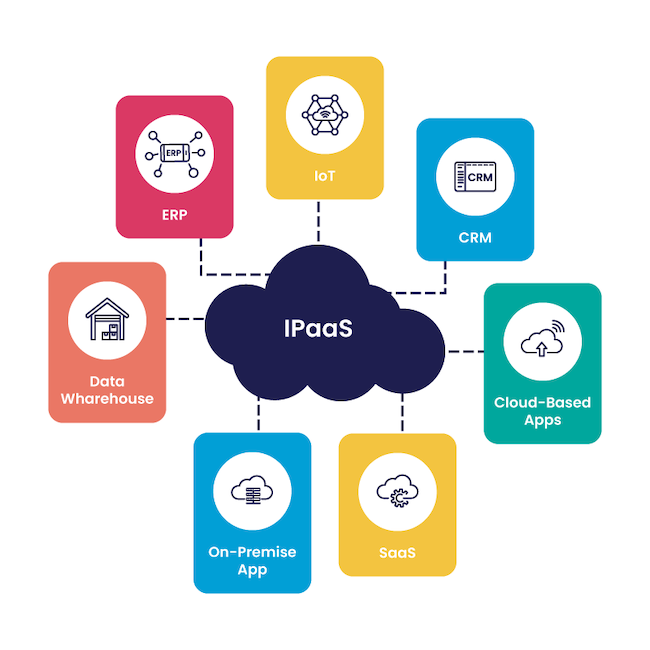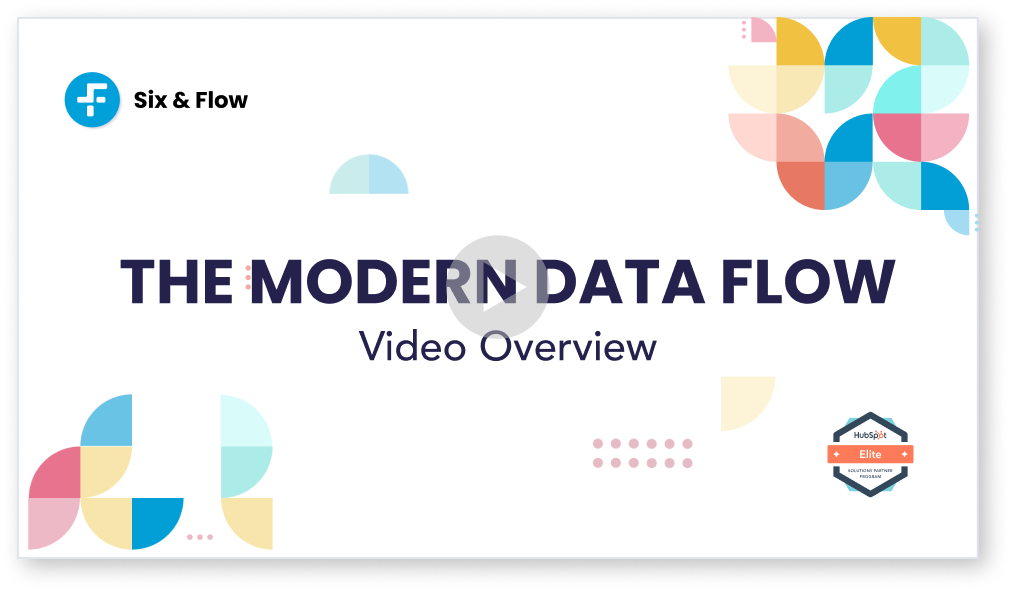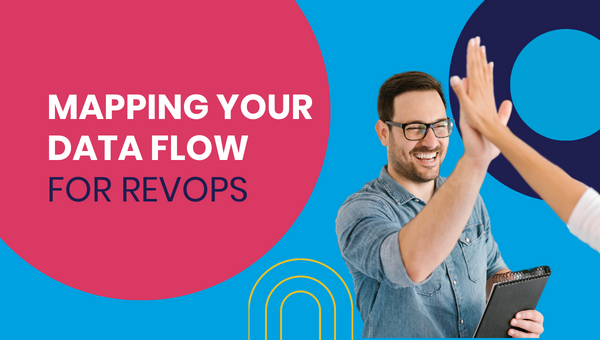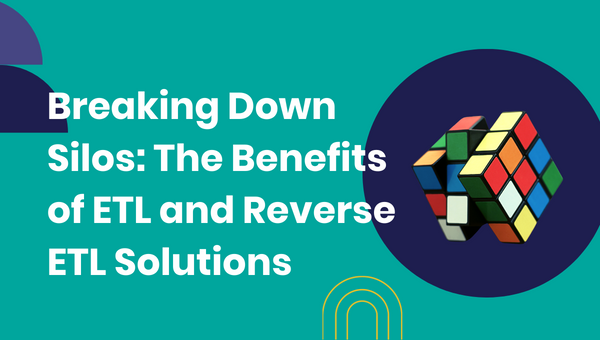



Your Guide to Integration Platform as a Service
IPaaS
You have data in all sorts of different places - your CRM, ERP, CQP and more- but getting it into one place to quickly pull reports can be challenging without the right tool.
With no integration in place, consolidating data into actionable insights will prove timely, not to mention will do little to remove departmental siloes and improve transparency.
An IPaaS (Integration Platform as a Service) Solution allows you to integrate, transform and consolidate data from multiple cloud and on-premise services securely. With no custom development work requires, an IPaaS is flexible, scalable and introduces cost savings.





What is an IPaaS
Integration Platform as a Service (iPaaS) is changing how businesses think, develop, and execute their integration flows.
The cloud-based services offer a powerful suite of tools to connect each network component, from individual applications and services to comprehensive data sources.
They help to:
- Reduce custom integration costs
- Empower employees with secure access across the system
- Streamline workflows for smoother operation.
- Domoncratise data
The Modern Data Flow
ETL & RETL
The Modern Data flow is a model of data integration approach that uses a central repository - a warehouse or lake - as the source of truth. All information flows into the lake, is transformed or consolidated into the necessary shape, and sent back to platforms that require it.
By using existing ETL (extract, transform, load) and R-ETl (reverse, extract, transform, load) services, you can avoid needing custom connectors between each source and destination platform, saving time, money and effort.
.png)
Platform as a Service
Approaches to custom integrations
A custom private app should be used when no existing pre-built integration exists.
In cases where a custom private app is required, there are two approaches businesses can take. You can hire a developer to build and maintain the integration or turn to a custom integration platform.
No code vs low-code
No code applications allow practically anybody in your business to connect different platforms seamlessly. On the other hand, low-code platforms can be highly challenging for the non-developer as a certain level of proprietary coding skills is still required.
Have a data integration question
Have a data integration question? Our team of solutions architects can provide the expertise and advice you need.
We have the knowledge and experience to understand your business needs, and then recommend the best data integration approach that fits your requirements. Our team can answer any queries you have, whether it be related to IPaaS, API design, or choosing the right ETL framework.






.png)
